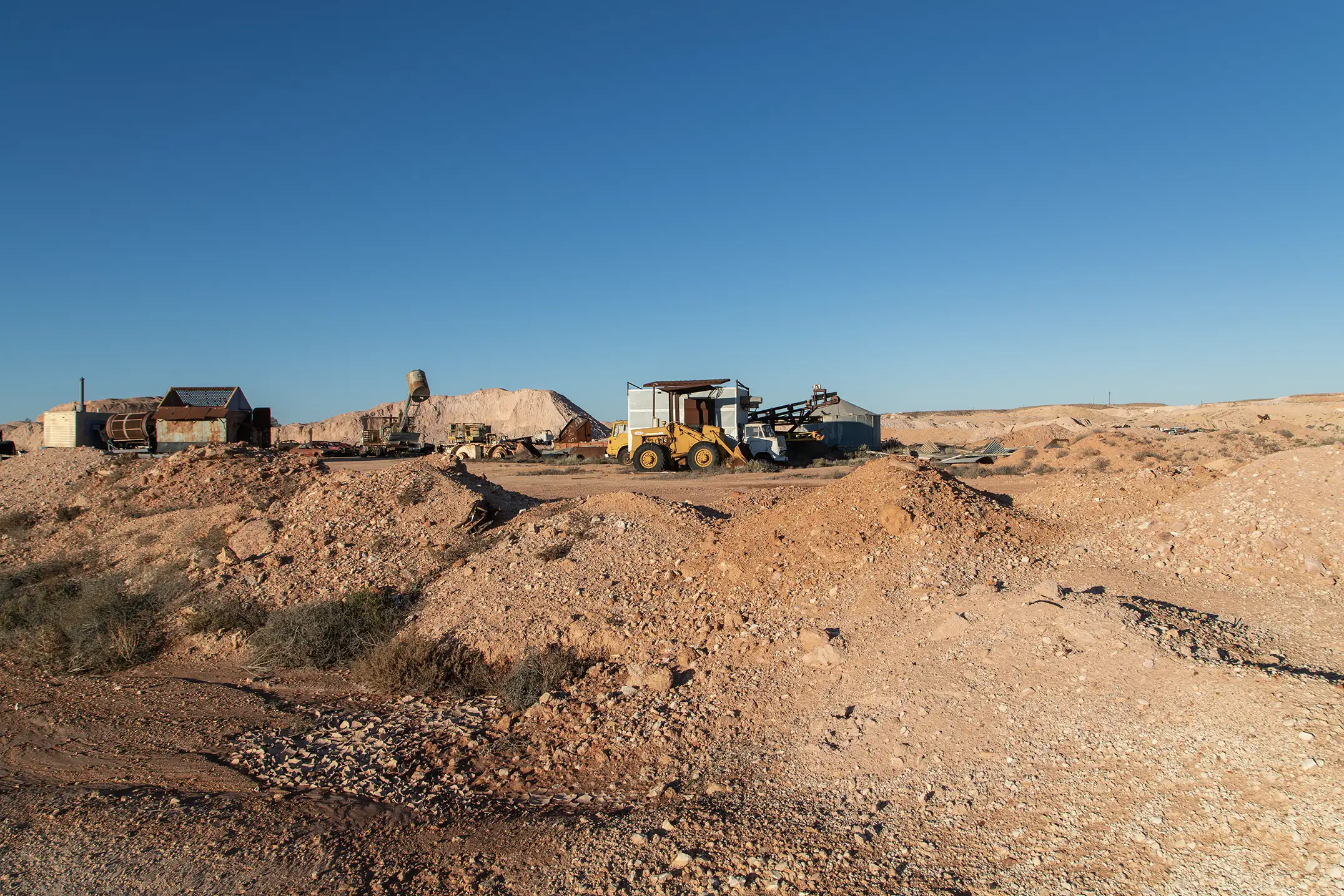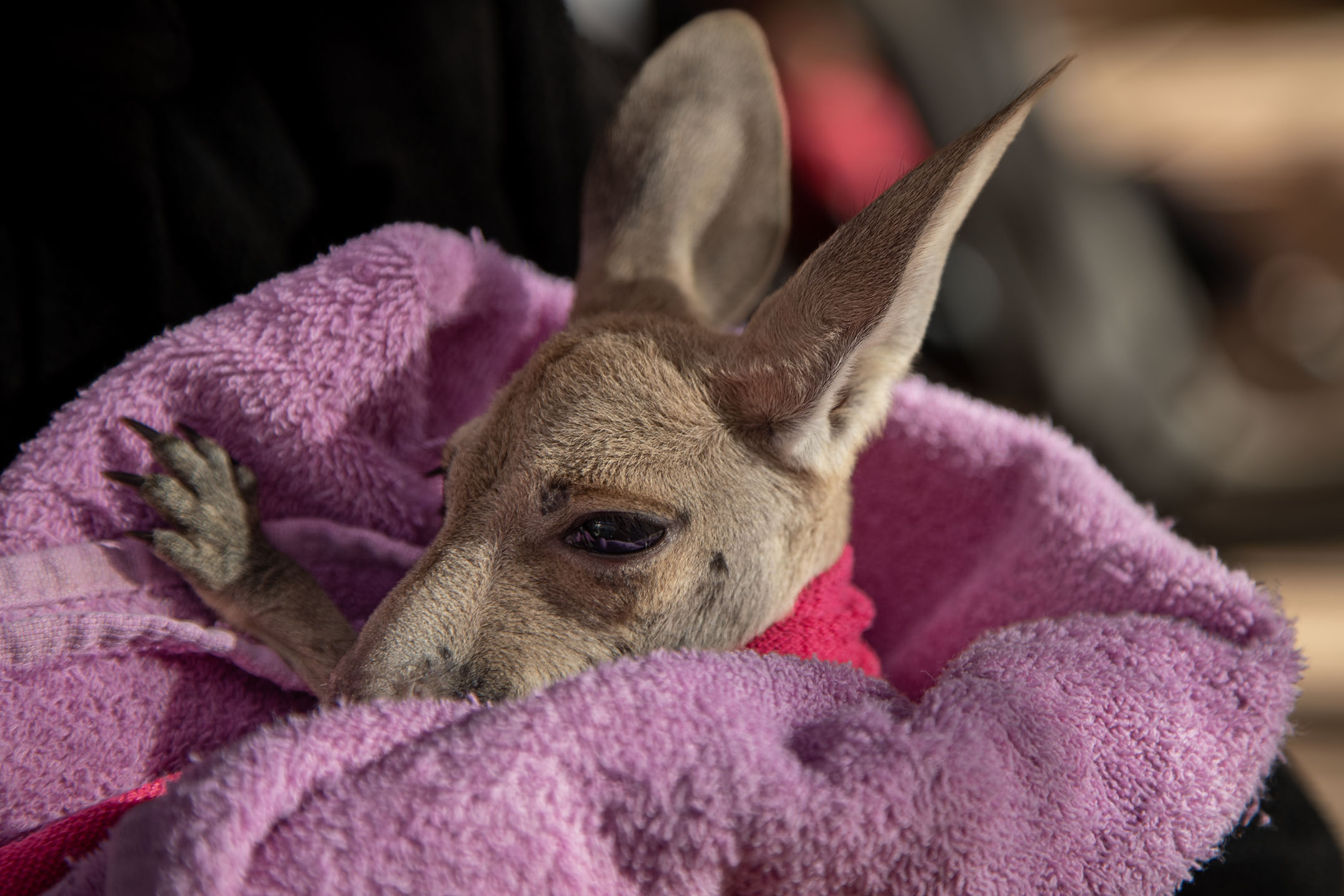Coober Pedy Roo
Life on land



Your support will assist us to continue our research and content development, the greater our resources, the more we can do.
The more we have an accurate understanding of what is happening to nature, the more we can all do to protect what remains of our living planet.
This is also an opportunity for philanthropists to be part of an ongoing project that tells independent stories about the natural world, stories that will help us to better understand what is happening to species and places on our precious planet Earth.
Note: Creative Cowboy Films does NOT have tax deductible charity status.

The Nature Knowledge Channel is a very real way you can help the precious natural world and support the work we do in creating knowledge about the natural world.
Annual membership of the Creative cowboy films - Nature Knowledge Channel gives you full access to content, stories and films, available on this website. Becoming a member of the Creative cowboy films - Nature Knowledge Channel is a very real way you can help the natural world and support our work in creating a greater understanding about what is happening to it.
A point of difference
Creative cowboy films is independent, is not funded by governments or industry, and is not influenced by their associated interest groups. For reasons of independent research and content development, Creative cowboy films does NOT have tax deductible charity status.
Life on land

We catch up with Josephine at Josephine’s Gallery and Kangaroo Orphanage in Hutchison Street, Coober Pedy. Josephine told us, during our visit in 2018, that she and husband Terry, were just one of a small group of wildlife carers in the vast area that covers the northern half of South Australia. 18 of their 22 years of Kangaroo care has been in Coober Pedy.
Typical of other states and territories in Australia, Josephine finances the care and rescue of the species that inhabit the region, most of the animals rescued are the young Red Kangaroos or joeys.

In this region, the main species of Macropod that live here are the Red Kangaroo and the rock dwelling, Euro.
Much of the trauma impacting Australian wildlife occurs on roads and this includes the Stuart Highway, which runs for nearly 3,000 kilometres south to north through Central Australia. Hunting is also a major reason why joeys become orphans, and without rescue and care they would not survive.

On the trip I am describing here, now 7 years ago, we saw more dead animals to the south of Coober Pedy in the section from Port Augusta, there was far less, almost no evidence of wildlife to the north of Coober Pedy in the section of the highway to Alice Springs.
Terry tells us that they now receive very few Kangaroos into care, just 2 Red Kangaroos in the last 6 weeks, and this from a much improved network of rescuers across this vast region.
Yet again, this is an indicator of just how grim the situation for Red Kangaroos is in the arid lands in which they live. And, unbelievably, the South Australian Government claims that the Red Kangaroo population in 2024 had increased by 47 per cent over the previous year. As we know this is several times more than the maximum possible biological increase, so yet again the claims are silly and are being promoted yet again by the ABC. Here is just one example of many, the ABC and Bendigo based (Victoria) rural reporter, Luke Radford, Radio National on 13/3/2025 talking specifically about the arid lands in South Australia:
Government employee “The Kangaroos and the extreme numbers we now have them in are outcompeting every species, both native and introduced, livestock, for anything to eat or refuge to assist and it is getting worst’. Luke then goes on to add, ‘the desperation for food is so great, their numbers so large, that Kangaroos are even destroying the native landscape in which they evolved in”.
All of it total nonsense.

In Australia, ‘road kill’ is a very good, but grim indicator of existence / abundance of species in a region. We see less and less road kill in these remote places. Please plan your trips through these regions so you do not have to drive at night.
For the Kangaroos, it is the pouch young that survive road trauma as they are protected in their mother’s pouch. They are of course lucky to be rescued from the pouch, particularly in such remote places. So the suffering, as the young may take hours to die, is catastrophic.
The great Wedge-tailed Eagle is also caught up in the carnage on these roads. Landing to feed on the dead animals on the road or next to it. There are many large vehicles on these roads, including road trains that have no capacity to stop to avoid hitting animals. In the Eagle’s attempt to take off, they sometimes launch themselves straight at the oncoming vehicle.

So if you are travelling in these places, drive with the animals in mind, not doing this is also dangerous for you. If you hit something, and if it is safe to do so, check to see if the animal can be rescued. Remember these roads are extremely dangerous with fast moving traffic and very remote.
Last and importantly so, if you make it to Coober Pedy, drop in to see Josephine and Terry and their helpers and give them some support so that the Kangaroo care and rehabilitation can continue.

We send all out thanks to Josephine and Terry for all those years of hard work and dedication to help Kangaroos in South Australia.
